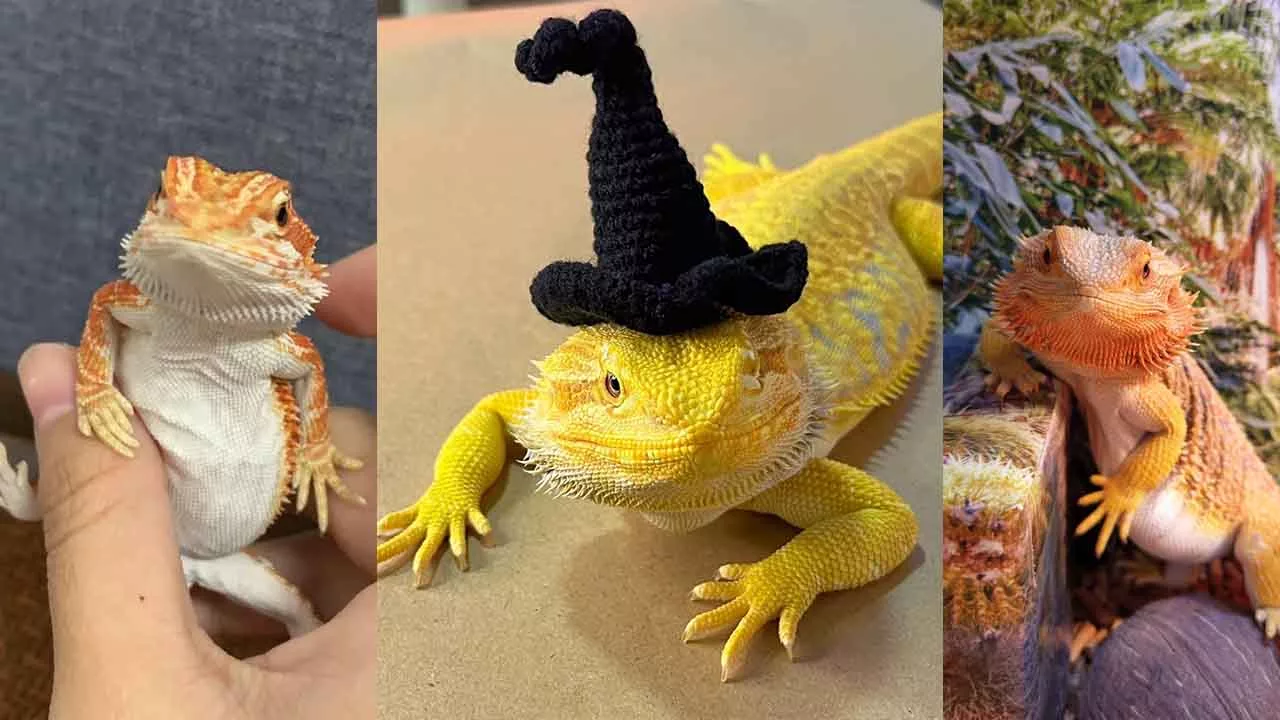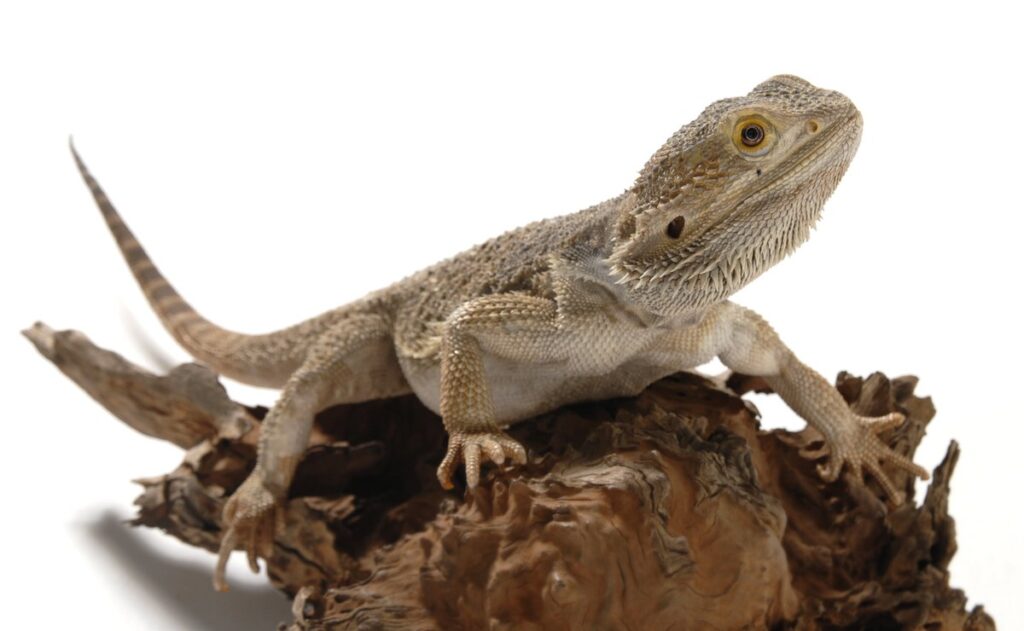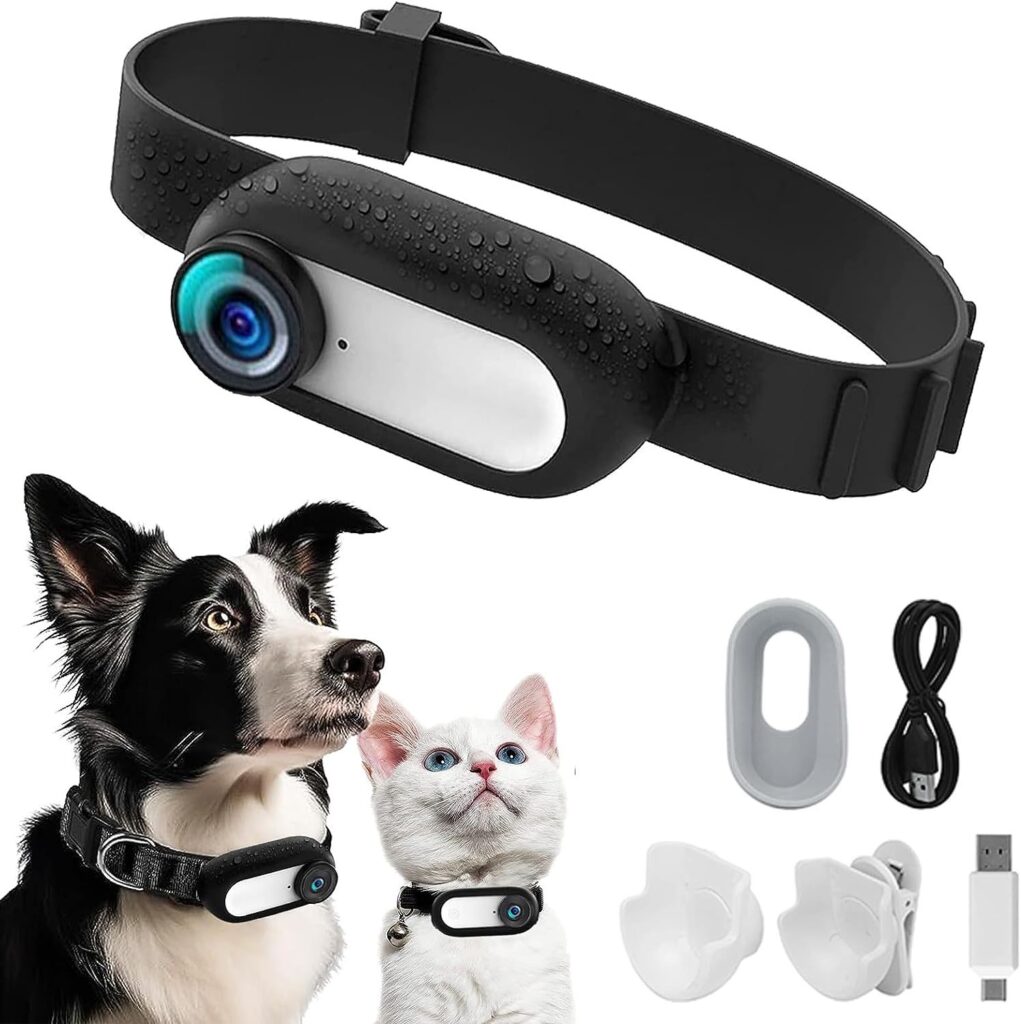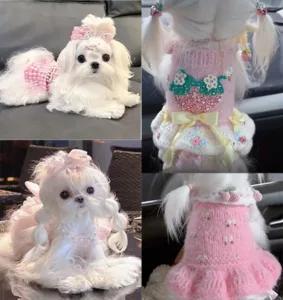
Posts page
Is a Central Bearded Dragon the Right Pet for You?


If you’re considering adopting a pet reptile, the Central Bearded Dragon (also known as Pogona vitticeps) might be the perfect companion for you. These friendly, fascinating creatures have become one of the most popular reptiles in the pet trade. With their inquisitive nature, easy care requirements, and engaging personalities, they make a great pet for both beginners and experienced reptile enthusiasts. But before you bring one home, here’s what you need to know about caring for a Central Bearded Dragon.
What Is a Central Bearded Dragon?
Native to central Australia, the Central Bearded Dragon is a medium-sized lizard that can grow up to 24 inches in length, including its tail. It is named after its distinctive “beard”—an expandable throat pouch lined with spiny scales, which it can puff up when threatened or during mating displays. Known for their unique behaviors, including head bobbing, arm waving, and beard displays, they are engaging pets that enjoy social interaction.
Is a Bearded Dragon Right for You?
Temperament
Central Bearded Dragons are generally docile and enjoy interaction with their human caretakers. They’re often described as “affectionate” reptiles, as they can bond with their owners and may even enjoy being handled. They are typically calm and tolerant of gentle handling, which makes them a great choice for families and first-time reptile owners. However, it’s important to handle them properly and avoid rough treatment, as it can stress the animal.
Space Requirements
While they may seem small, bearded dragons require a significant amount of space to thrive. A large enclosure is essential to provide them with room to roam and bask under a heat source. A 40-gallon tank is the minimum recommended size for one adult dragon, though larger is always better. The habitat should mimic their natural environment with branches, rocks, and logs to climb on, as well as places to hide.
Diet and Feeding
Bearded dragons are omnivores, meaning they eat both plant matter and insects. A balanced diet includes a variety of leafy greens, vegetables, and protein-rich insects such as crickets, mealworms, and dubia roaches. As juveniles, they need a diet rich in protein, but as they mature, vegetables should make up the bulk of their diet. Always ensure the insects are appropriately sized and free of pesticides, and provide fresh, clean water daily.
Temperature and Lighting
Like most reptiles, Central Bearded Dragons are cold-blooded and require a heat source to regulate their body temperature. A basking spot with temperatures of 100-110°F is essential, while the cooler side of the enclosure should remain around 75-85°F. UVB lighting is also important for their health, as it helps them absorb calcium and prevent metabolic bone disease. You’ll need to provide both heat and UVB lighting for 10-12 hours a day, mimicking the natural day/night cycle.
Life Expectancy and Health
With proper care, a Central Bearded Dragon can live 8-12 years. Regular check-ups with a reptile vet are recommended to ensure your dragon remains healthy. Common health issues include metabolic bone disease (due to lack of calcium or UVB exposure), obesity, and parasites. Keep an eye on their eating habits, activity level, and behavior to catch potential health problems early.
What Are the Pros of Owning a Central Bearded Dragon?
Easy to Care For: Bearded dragons are generally low-maintenance reptiles. They don’t require constant attention and can thrive with simple habitat setups and a balanced diet.
Interactive and Social: Unlike many reptiles, Central Bearded Dragons enjoy interaction with their owners. They can become accustomed to being handled and may even recognize you.
Visually Fascinating: Their unique appearance, with their spiky “beard,” colorful skin, and dynamic behaviors, makes them a visually interesting pet.
Great for Families: Because they’re docile and easy to handle, they are a great pet for kids who are old enough to understand how to handle reptiles safely.
What Are the Cons of Owning a Central Bearded Dragon?
Large Habitat Needs: While they are relatively low-maintenance in terms of care, they do need a sizable habitat. A tank that is too small can lead to stress and health issues.
Dietary Requirements: A bearded dragon’s diet is somewhat complex, requiring both plant and animal food. This can be time-consuming, especially when feeding insects, which need to be gut-loaded and dusted with calcium.
Temperature and Lighting: You’ll need to invest in proper heating and lighting equipment, which can be costly initially. Plus, you’ll need to monitor the temperature and UVB levels regularly to ensure your dragon is comfortable and healthy.
Long-term Commitment: Bearded dragons live for many years, so be prepared for a long-term commitment. They require care and attention for their entire lifespan, and this responsibility should not be taken lightly.
Is a Central Bearded Dragon Right for You?
If you’re looking for an interactive, low-maintenance reptile that will provide hours of entertainment and companionship, the Central Bearded Dragon might be the right pet for you. With the right setup and attention, they can live long, healthy lives and become cherished members of your family. However, as with any pet, it’s important to fully understand their needs before bringing one home to ensure both you and your bearded dragon will be happy together.














